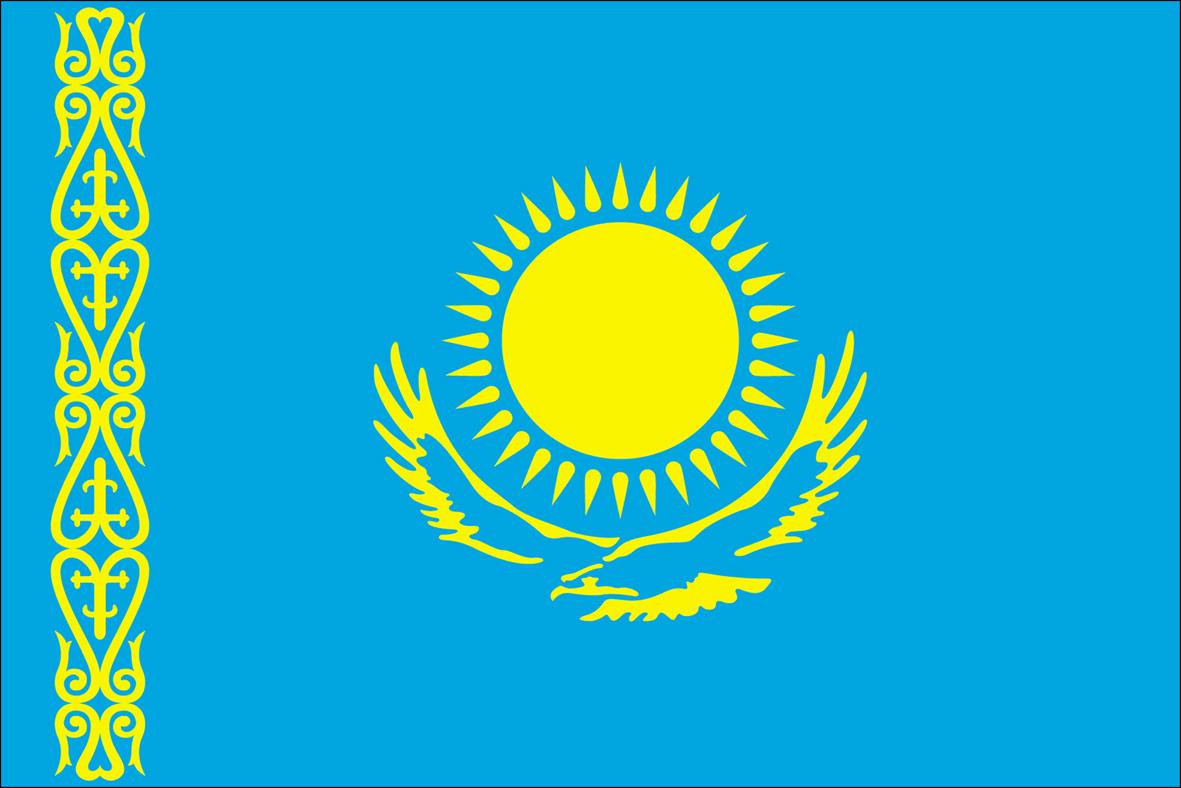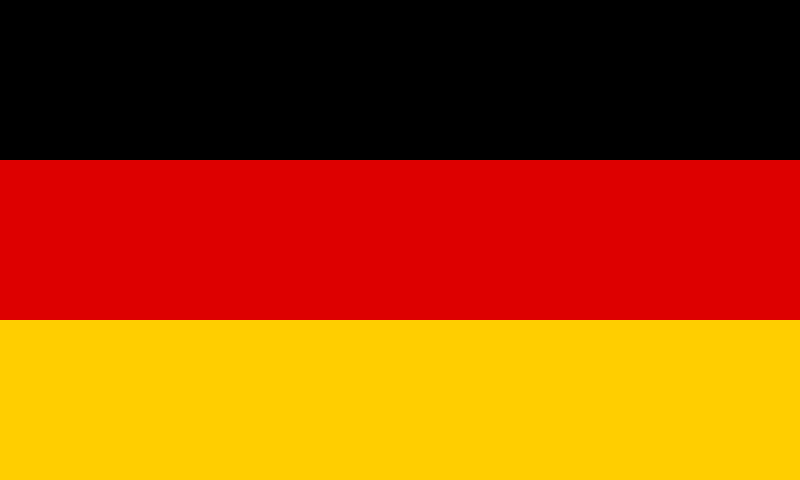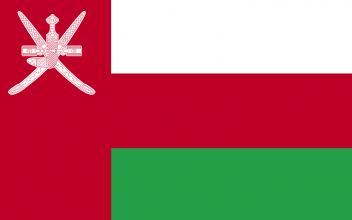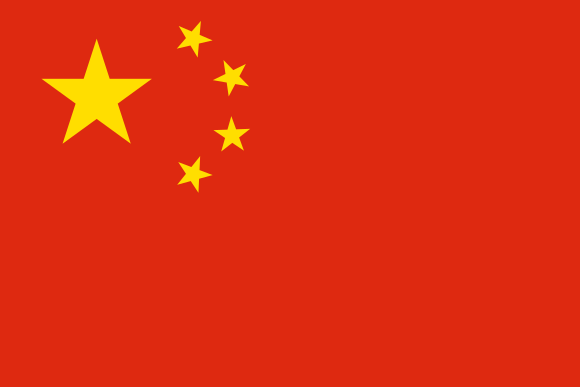Early Chinese and Middle-Eastern objects from archeological sites in Thailand reflecting cultural exchange
As a meeting point for travellers by land and sea routes, Thailand’s situation in Southeast Asia acted as a land bridge between the mainland to the north and the archipelagos to the south. Archaeological finds, including coins, ceramics, and beads provide evidence of cultural interactions, migration, and the settlement of a variety of ethnic groups. Indians were among the first visitors (by land), sharing trade links and spreading their faiths (Buddhism and Hinduism). Later, the Chinese and Middle Easterners arrived in Thailand, the latter arriving sooner than had been previously thought – and probably by land. Early Islamic objects dating from the 7th to 8th centuries AD confirm this. As a consequence, ports in Thailand became busy entrepots for trade routes between China and the Middle East, with the new maritime routes providing an alternative to the more difficult land routes for the transportation of delicate objects, including ceramics and glass.




